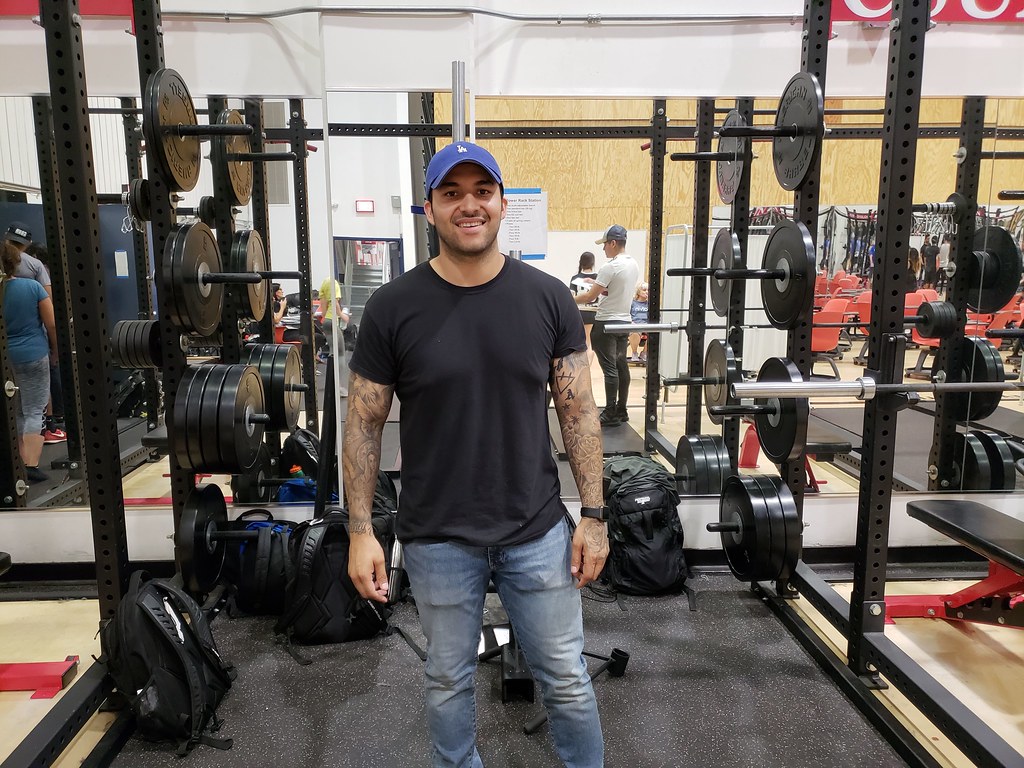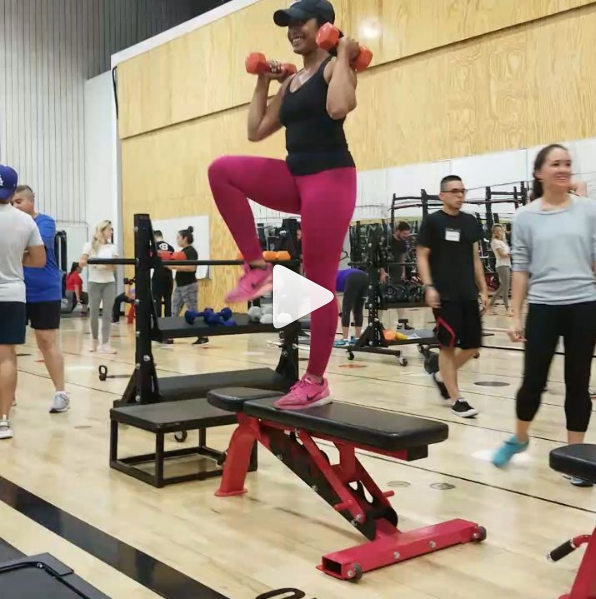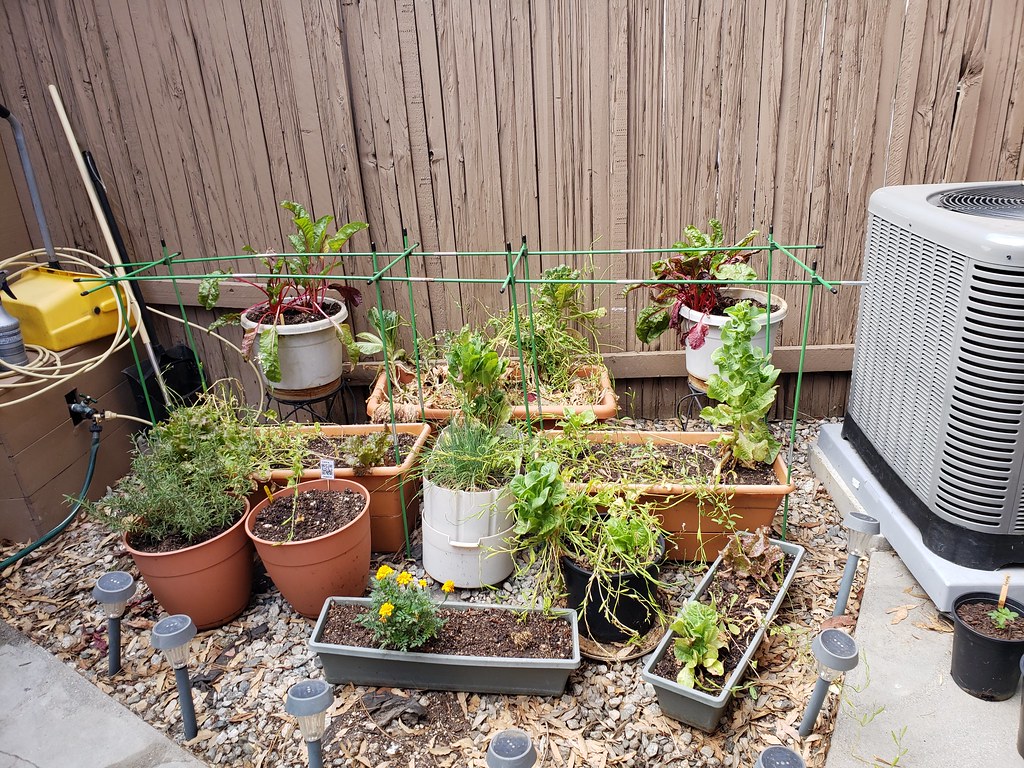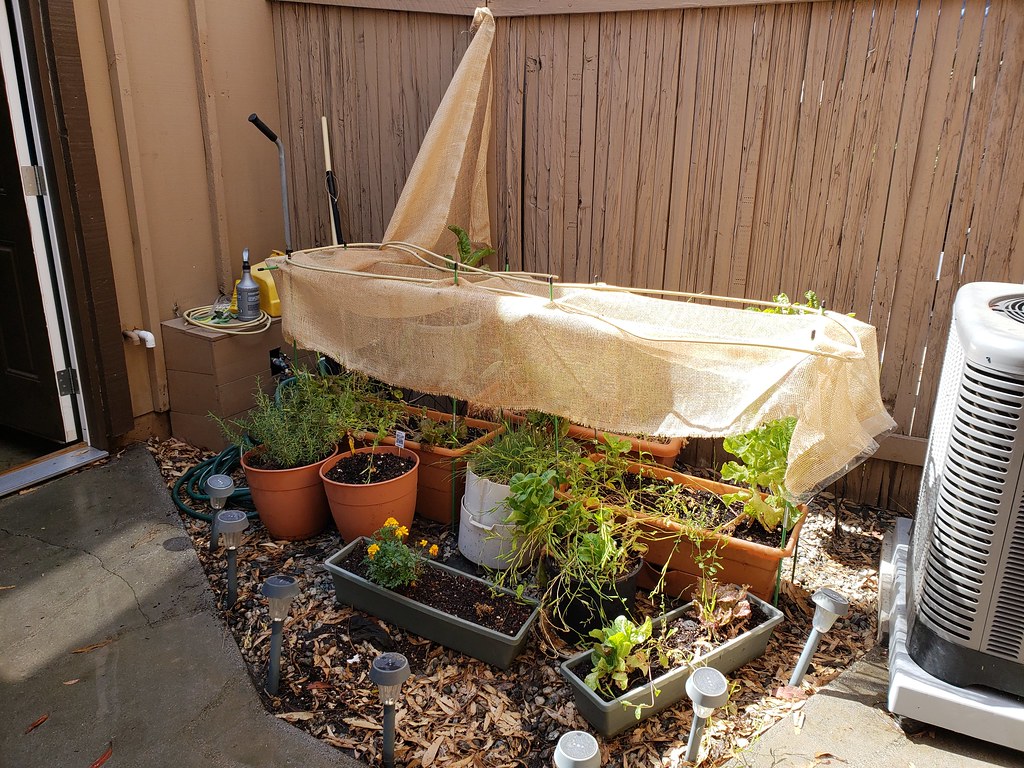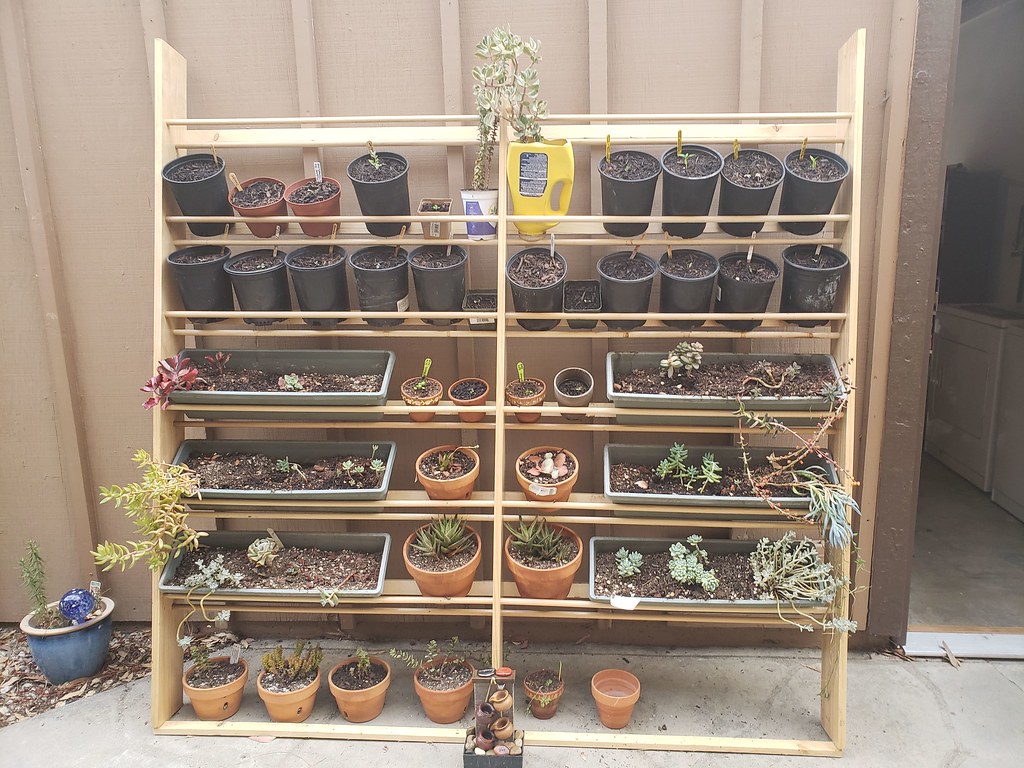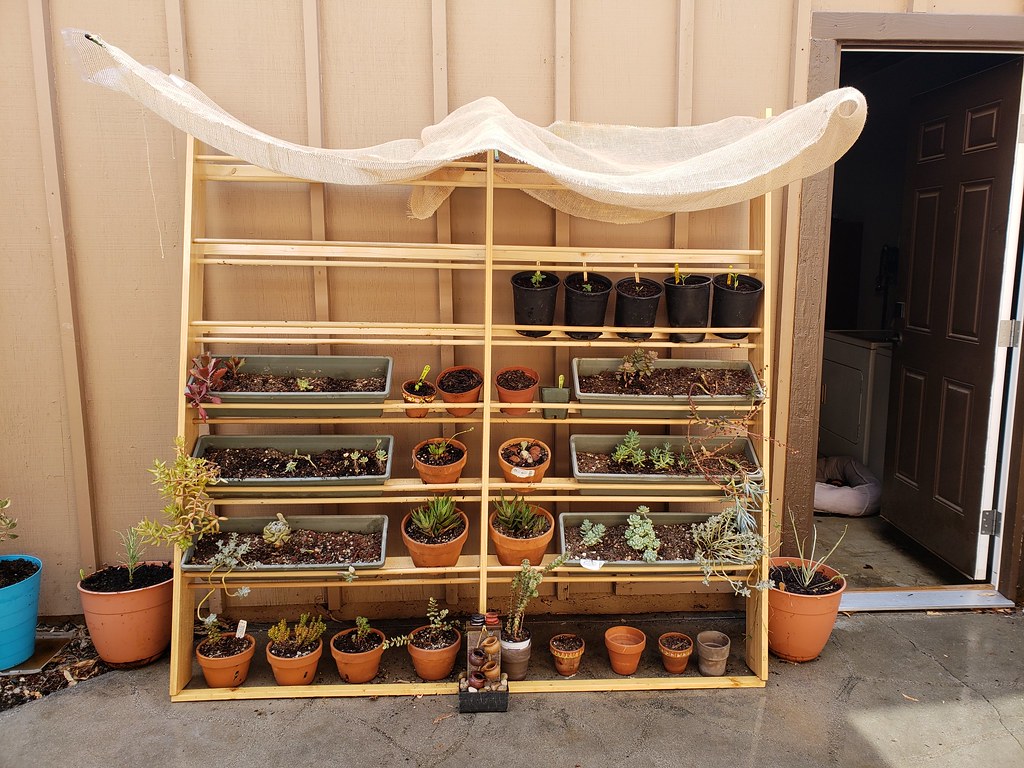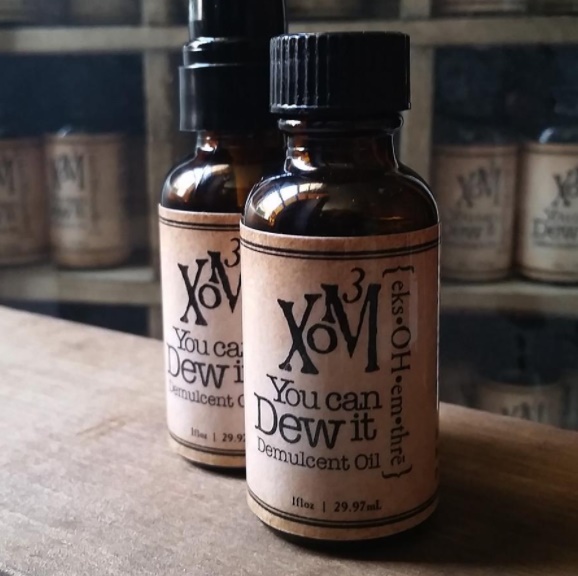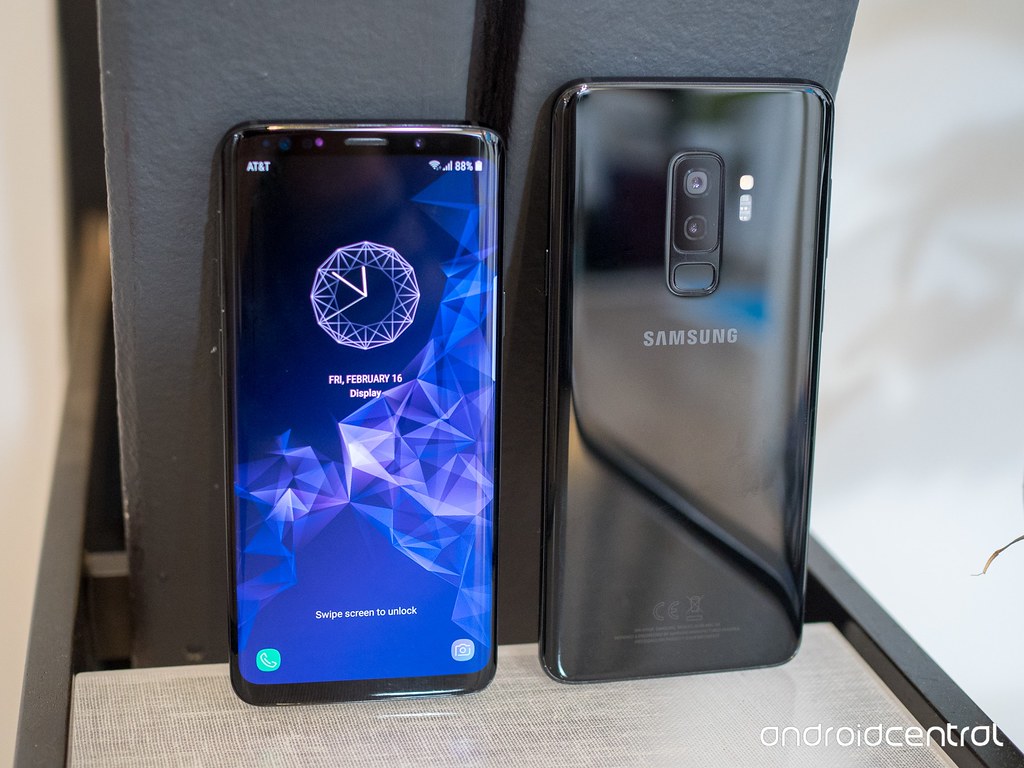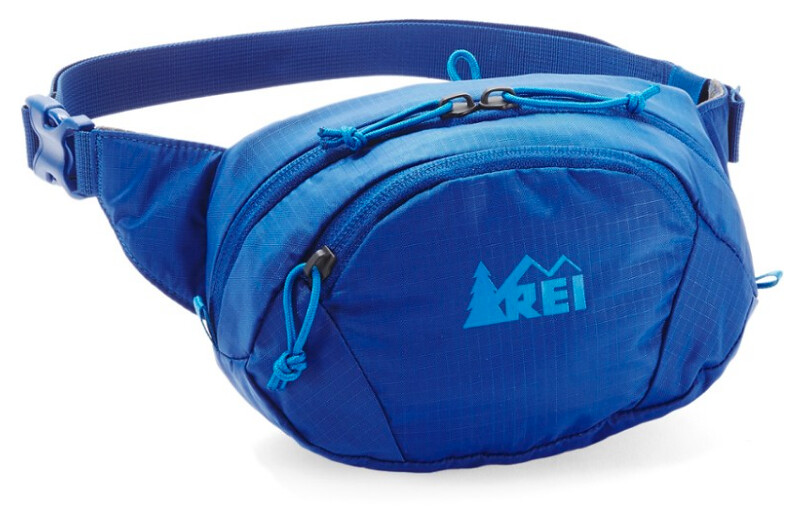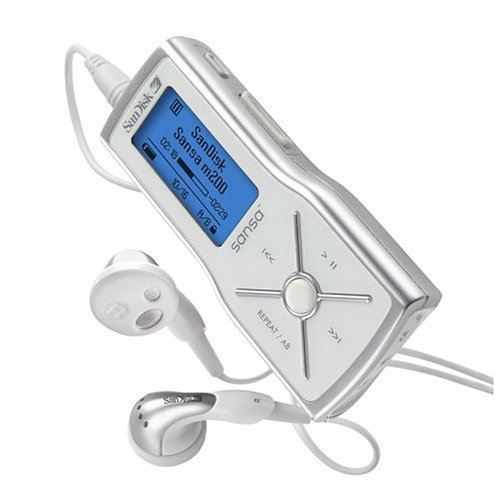Alex Herrera
Veterans in education do not stand out. For the most part, veterans would rather finish school quickly and move into the next part of their career path. Driven by motivation for success and respected by each other, veterans seem somewhat silent at times. Recently, I started a series on this site which I introduced a few weeks ago called 'Veterans in Education'. Feel free to read the background to the series. My intention is to highlight veterans who decide to return to school after their service. Understanding their background along with a brief pass at their military history will shed a little light onto the experience that each have on the same campus as students -- who have not chosen to serve prior to school. Without further ado, lets get to the first veteran -- Alex Herrera.
Alex and I met on campus nearly a year ago when my wife and I decided to turn our life around and boost our fitness back into order. Before that, Kayla and I were a little too sluggish (i.e. lazy) and starting to gain weight which was unhealthy. I have written recently about the program offered by California State University at Northridge called 'Commit To Be Fit'. Check that blog post out. Anyways, after joining this great FREE exercise program, we started getting back into shape. Now, the major benefit of such a program are the MOTIVATED instructors.
The instructors are super motivated and live by example of what fit should be. Cheerful and full of energy is a common description. More importantly for those looking to get fit -- pushing you to your fitness goal is the common most descriptor I would use for the wonderful and hard working instructors. Alex Herrera is one such wonderful - motivating - uplifting instructor. I enjoy and am forever grateful to instructors like Alex. I was not surprised to learn that he was a veteran. In fact, certain motivating statements caused me to pause and wonder at times. Finally, I decided to ask him about his past experience and mission moving forward at CSUN. Below are the answers he gave me. I hope that you enjoy learning about Alex. He is a great example of what the military provides to the college, community, and society as a whole after serving Our Country. Enjoy!
Shown below are the questions along with Alex's answers:
Questionnaire for Veteran’s Transitioning into Academia1) What is your major subject of study? i.e. your major?
I am a Kinesiology major.
2) What degree are you going to school for?
I will be earning my BS in Kinesiology, Exercise Science option.
3) What do you plan to do with your degree?
I plan on continuing my education after I graduate. The goal is to earn a Doctorates in physical therapy. I want to help people be able to return to doing the things they love through rehabilitation.
4) What branch of the military did you serve in?
Army (2009-2014)National Guard (2014-2016)
5) How long was your service in the military?
I served 5 years active duty and 2 years National Guard.
6) Why did you decide to pursue a degree after your military service?
I always knew I was going to earn a college degree, it was only a matter of when. I enlisted in the army at 17 after begging my mom to sign the parental consent form. I made her a promise if she signed the form I would still go to college while I was in and when I got out.
7) What lessons did you learn in the military which have helped your journey in school?
The most important lessons I learned from being in the military would be discipline, resiliency, and being in leadership positions taught me how to manage and plan in order to be successful.
8) What was your impression of the university after being in the military?
My first impression was “this isn’t so bad” after thinking how I was going to get through it since I had been out of school for 5 years. I was an honor roll student all my life so it was fairly simple to get back into the swing of things. I treat all my classes as I did all my military classes and it helps make things easier.
9) In other words, did the military change your perception of school?
The military made me want to go back to school. In the military there is only so much in which you can progress as far as promotions and assignments go. I wanted more and I didn’t want to lose more time.
10) What veteran services have you decided to take advantage of during your education?
The only service I have taken advantage of is the POST- 911 GI Bill.
11) Has your academic institution been accommodating with your transition from the military?
Anything I ever need or any question I have I call the veteran affairs office and they square it all away.
12) What is the best observation of being a student?
The help is there. There are so many resources provided by the school (free of charge) that enable all students to be successful. There’s tutoring available for any class you can think of. The resources are there, you just have to be able to be willing to use them.
13) Do you miss the military?
Not at all.
14) What advice would you give other veterans who are looking to return or enroll in a university after serving in the military?
I would tell them to enroll and get going. Take advantage of everything that available to you. No one is going to pay for all school tuition as well as provide a housing allowance to help you while you’re in school to make it easier for you to focus on class and homework.
15) What is the greatest challenge you have faced in the university system?
I haven’t experienced too many challenges other than having to juggle both work and school full time.
16) How does that compare to the challenges you faced while serving in the military?
I have all my freedom without having to report to any one or having my time being wasted waiting on the final word of the day. I’d say it’s a walk in the park.
17) Do you feel that the university has offered enough preparation in your area of study to pursue a career in your desired profession?
I believe you get what you put into any situation. If you apply yourself and learn as much as you possibly can in every class then that’s what gives you the opportunity to pursue a career in the desired profession. So yes, I believe the school has.
18) What can the university do better to make the experience for veteran’s returning to school easier?
I haven’t needed any help from what the school already provides. I think they’re doing a good job helping veterans get their degrees.
As I stated above, Alex is a top notch person who is completely inspiring and is enjoying life to the fullest each day. I hope that you have enjoyed reading the blog post with answers regarding Alex's return to school and continuing on his journey through life. If you happen to walk by Alex, feel free to say hello. He is a very nice person. Thank you to Alex for sharing your experience and current goals.
If you are a veteran with a desire to share your transition back into education, feel free to send me an e-mail at: jmkthought@gmail.com
Until next time, have a wonderful weekend.
